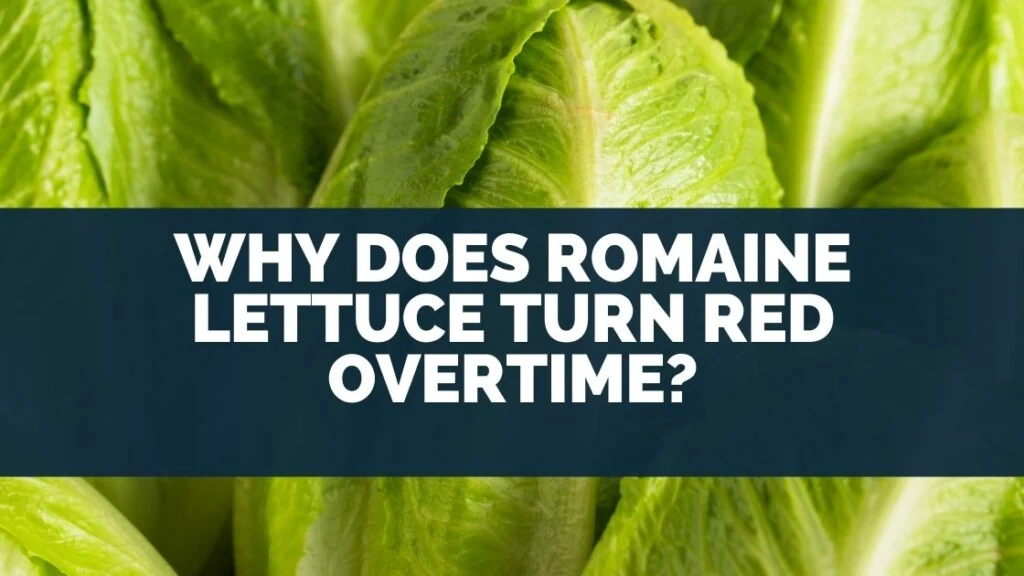
Why does Romaine lettuce turn red over time?
Some people say that it’s because of the way Romaine is grown, while others believe that it might have something to do with the way it’s actually stored.
Romaine lettuce turning red is definitely an interesting spectacle. This change iss not just because it’s getting old – there’s a scientific reason for it.
Keep reading to find out what causes this color change and how to prevent it!
Table of Contents
Why Do Lettuce Turn Rusty?
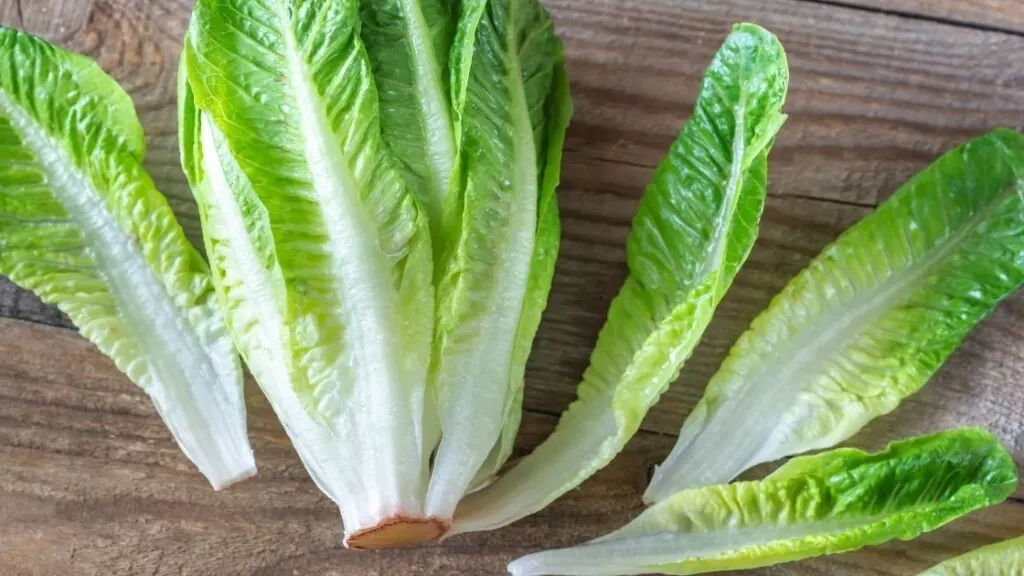
Here are a few reasons due to which your lettuce changes color and turn red or rusty;
The Enzyme Action
The color change happens due to an enzyme called polyphenol oxidase (PPO).
This interesting substance causes the pigment in plants’ cells – chlorophyll–to break down into yellow/orange rust spores and black juice which then spreads outwards from each leaflet like paint on wet paper against a dark wallpaper.
Natural Varieties
Sometimes the lettuce is naturally red. Red leaf lettuce is a healthy, nutritious food that has the added bonus of containing anthocyanin.
These antioxidant pigments have been shown to help combat free radicals in the body and also produce purple colours found naturally on some vegetables like kohlrabi or turnip greens.
Red lettuce looks beautiful when used in salads or bowls, giving your food an aesthetic view.
Oxidation
Some people think that antioxidants are responsible for the reddening of green leafy lettuce during storage or because it has been damaged.
In reality, this happens due to oxygen exposure which causes vegetable cells in these vegetables and other types like asparagus root (which turns white) to blanch over time- causing them to become more vibrant than before through pigmentation changes.
When you cut or smash leaves, they release their molecules into the air.
The oxygen in this mixture acts as a catalyst for an enzyme that breaks down and produces colors like reds and blues–which give our vegetables more pigment. You can keep them fresh longer if you store them carefully.
Ethylene Gas
Lettuces ‘rust’ or turn red due to exposure to ethylene gas. Ethylene is a common fruit and vegetable ripening agent. Certain fruits like apples and pears also emit ethylene so if you are storing your lettuce alongside other fruits and vegetables, your lettuce may quickly turn red.
What does It Mean If My Lettuce Turns Red?
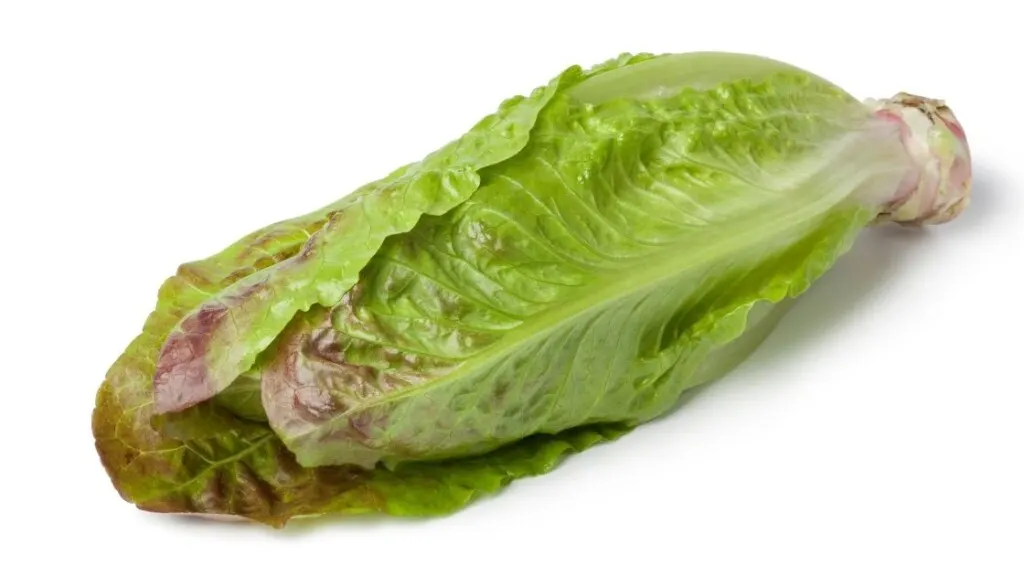
Lettuce, as long you’re not dealing with a red-tinted variety of it, will turn pinkish or rusty due to oxidation.
The enzyme activity that produces redness is a quick indication of spoilage. Often, you can see this process starting near the bottommost parts on stems and branches.
Time-sensitive produce, such as romaine lettuce, is vulnerable not only because it emits ethylene gas, but also because it has a lower chilling need, making it more susceptible to changes overall.
Air exposure also causes faster deterioration due to increased oxygen presence in the environment.
When you notice that your lettuce has red or pink areas, it means the leaf is damaged. The color can also spread throughout if not used immediately and lettuce will begin to taste metallic too.
Nevertheless, if you see a reddish tint to the lettuce, it’s most likely older lettuce. Pinkish or reddish lettuce indicates that the lettuce isn’t in it’s best condition, as the natural color of the romaine lettuce is fresh green.
Can We Eat Rusty Lettuce?
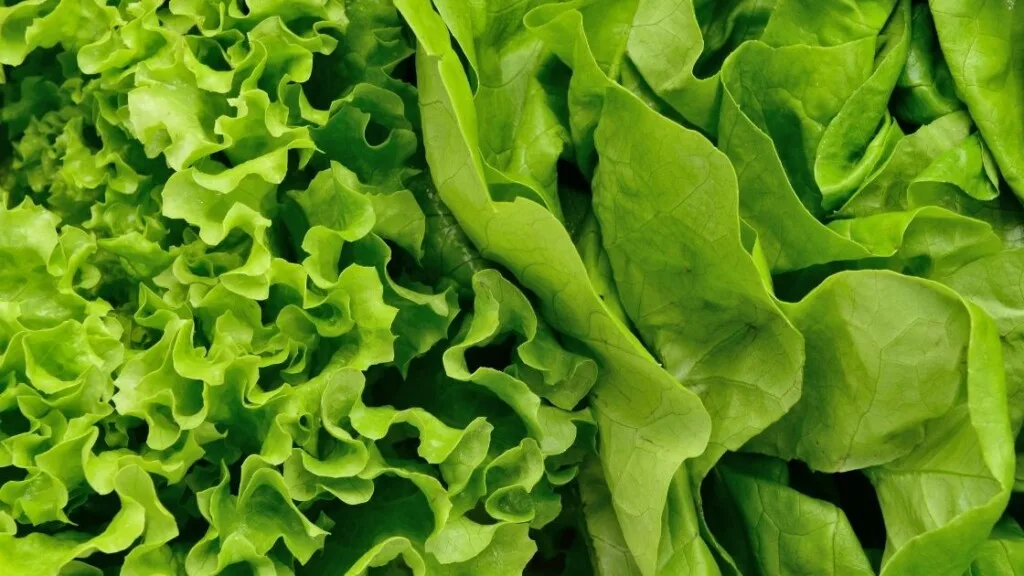
There’s no need to throw away the lettuce if it appears rusty or red because it’s still edible. It may appear unappealing but the situation can easily be rectified. All you have to do is use a chef’s knife to cut away any rusty red spots.
Eating oxidized lettuce isn’t harmful. It won’t be the most delicious or nutritious, but that doesn’t mean it is harmful. As long as there are still green leaves on top, the enzymes that break down this food pose no threat to your digestive system.
However! You must use the lettuce as soon as you can. Rusty-looking lettuce is the last resort. After a while, the lettuce will turn slimy which means the vegetable is no longer safe to consume.
How Do I Keep Lettuce From Turning Red?
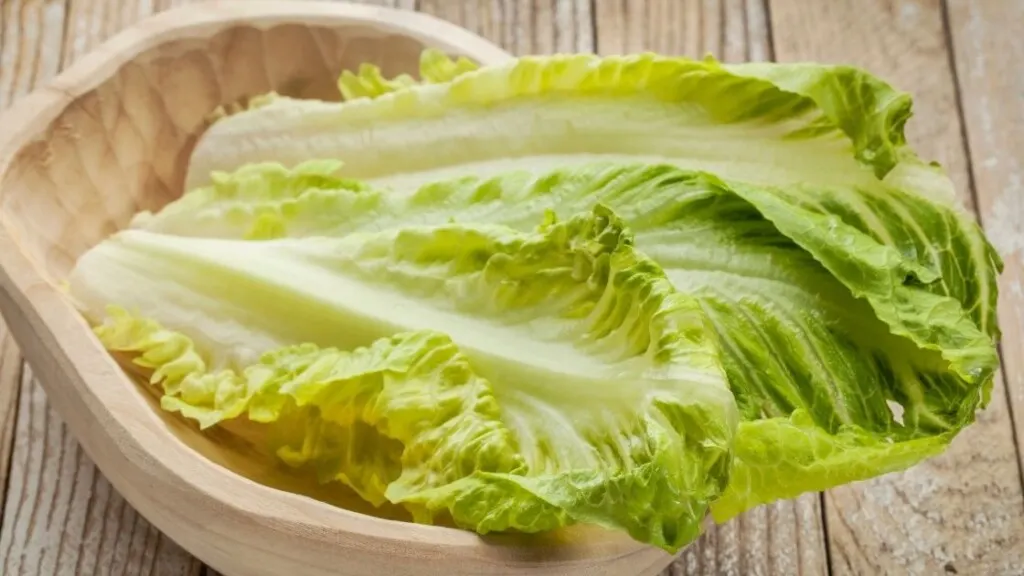
There are several tricks and tips that you can follow to keep your lettuce from turning red or rusty.
Buy fresh Lettuce
If you want to be sure that the lettuce in your diet is as fresh and healthy as it can possibly get, then buying from local sources will always yield better results than anything else.
Preferably buy fresh lettuce from the store instead of ordering online or purchasing bagged lettuce.
Look for the signs
Make sure you check it over carefully for signs that the leaves are fresh and crisp, without any wilting or browning at their margins before buying them.
If there is an expiration date on these items then make certain not only do they still contain enough nutrients but also confirm whether this time frame has passed since manufacturing. Generally, speaking produce lasts up until about 10 days after harvest, if stored properly so always keep those eyes peeled as well.
Storage is the key
Refrigerate it in a container that allows for minimal air exposure. Wrapping lettuce in a paper towel before putting it in a container is a smart idea. Putting the lettuce in a zip-lock bag is also a viable option.
Limited exposure to oxygen and ethylene will keep your lettuce fresh for days. Make sure to store it at 34 degrees F, and away from fruits and vegetables that emit huge amounts of ethylene such as tomatoes, pear’s, avocados, bananas, and apples.
Verdict!
Lettuce is an excellent vegetable to have in your diet. It’s low-calorie, nutrient-dense, and delicious when it’s fresh!.
The best way to store lettuce so that you get the most use of this product is by wrapping it tightly with a plastic bag or container.
If left out on the counter, lettuces will quickly turn red due to oxidation; however, they are still safe for consumption.

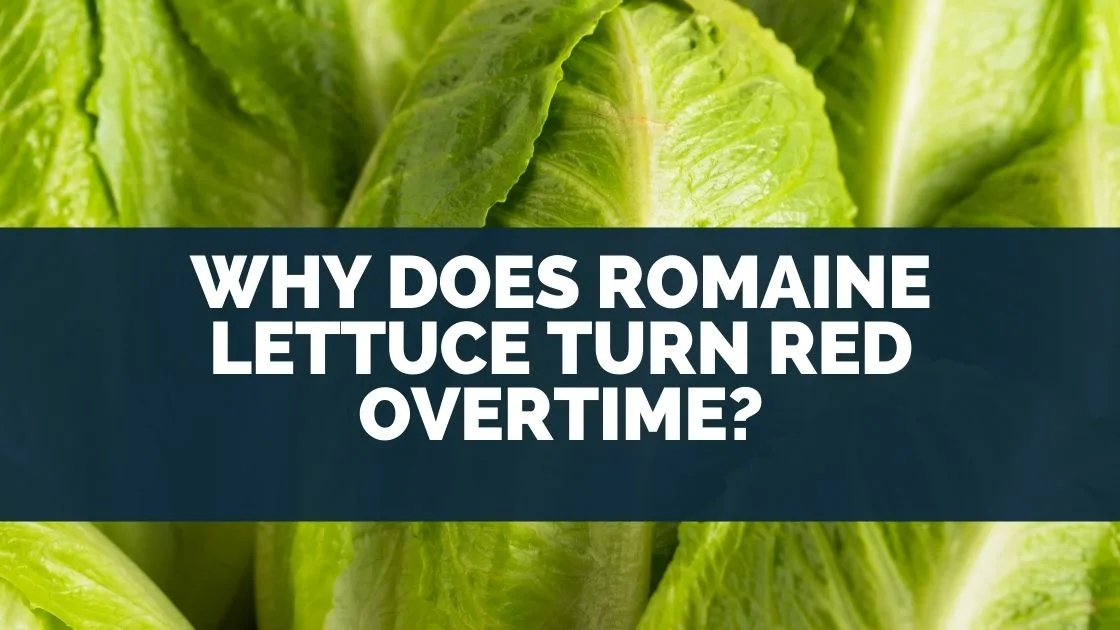

Leave a comment